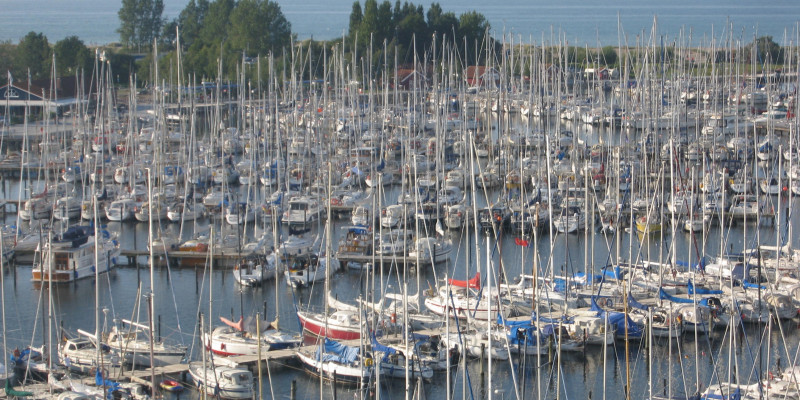Copper is exceeding the limit of the environmental quality standards of the Surface Water Ordinance (OGewV), which describe good ecological condition of surface waters, at eleven per cent of official measuring stations. Paints which contain copper are often used on the hulls of pleasure craft. This is why it is appropriate to take measures to reduce water pollution here. A few examples from Scandinavia show how it can be done: Sweden allows only products with reduced copper content for most craft on the Baltic Sea, and all use of biocidal agents in antifouling paints is prohibited on inland waters. These regional regulations might serve as a model which Germany could follow. Only one small region in Schleswig-Holstein has banned the use of environmentally harmful, biocidal antifouling paints.
It is difficult to implement such regional differentiations when it comes to product approval under the EU Biocidal Products Regulation. Germany should therefore – as Sweden does – develop its own regulations which involve all the authorities at the federal and state levels of government, producers of antifouling paints, pleasure craft associations, marina operators and pleasure craft owners.
Biofouling on boat hulls is less intensive on inland waters, which is it is possible to do entirely without the use of biocidal products. Instead, hard coatings can be applied to boat hulls which are cleaned with underwater brushes. For the Baltic Sea coatings with low copper content and those which have lower copper emissions to water are considered sufficient. In the North Sea, however, the application of antifouling paints is a must.
Depending on the different regional requirements, producers should employ a three-tier traffic light labelling system for their paints (North Sea, Baltic Sea, inland waters) to orient users when making their choice. Users should keep a log of the intervals of their paint reapplications. Portable hand-held devices are available for the authorities to monitor the copper content on boat hulls.
A new background paper by the German Environment Agency provides comprehensive information about antifouling paints and substance emissions and gives recommendations for environmentally friendly use.
 Click to enlarge
Click to enlarge




修改评论